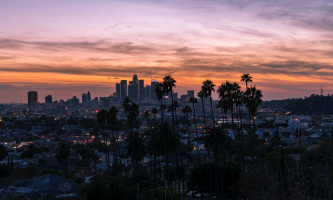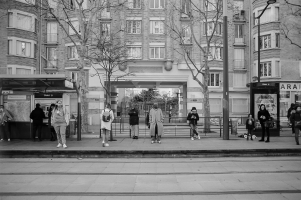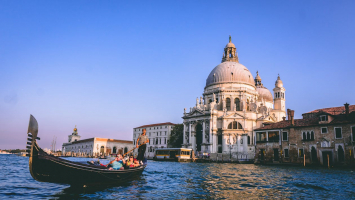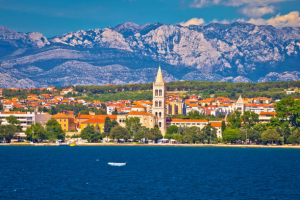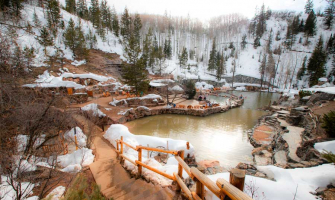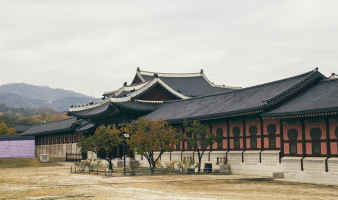Top 3 Reasons Why California High-Speed Rail is Struggling
With a population of around 40 million, California is the biggest, most influential, and most powerful state in the United States. California has a larger ... read more...population than the entire country of Canada, and its $3.4 trillion GDP makes it the fifth-largest in the world, surpassing even the enormous India. Thus, there is a significant demand for travel, although California has not yet completed its high-speed train plan and here are the reasons why California high-speed rail is struggling.
-
The first reason why California high-speed rail is struggling is that the cost is rising. At first, the proposal predicted that building the project would cost 33 billion dollars, with the first trains running within 12 years. 9 billion in state-issued bonds were issued to help finance the project, with the federal government of the United States and private investors set to provide the remaining funds. Additionally, the cost of the 500-mile-long phase one of the system connecting San Francisco with Los Angeles and Anaheim has increased threefold from the initial sticker price to at least 105 billion, making it one of America's most expensive civil engineering projects ever and the largest single investment in California history. Yet since that estimate is based on some outdated assumptions from 2019, like an average inflation rate of just 3%, the actual price will almost definitely be substantially higher. Unfortunately, many of these assumptions are out of date, and the ultimate price will very probably be higher given that yearly inflation rates are already running hot at well over 8%.
Even with the projections for 2019, that still amounts to about one-fifth of the cost of the entire US interstate highway system, which spans across nearly 50,000 miles in all 50 US states and Puerto Rico and accounts for the majority of the vehicle miles driven by the country's 320 million+ residents. Nevertheless, since the California high speed rail system was put before voters in 2008, more than only the prices have increased significantly. From that time, the system's construction has been concentrated on completing the 171-mile central portion that runs through the Central Valley. Beginning with a connection between Bakersfield South and Merced in the north, commuters will have the option to transfer to the already-existing Altamont corridor express and sand walk-ins and track rail routes to connect to either Sacramento or the Bay Area, as well as to Bakersfield South's three-way bus service that runs all the way down to Los Angeles.
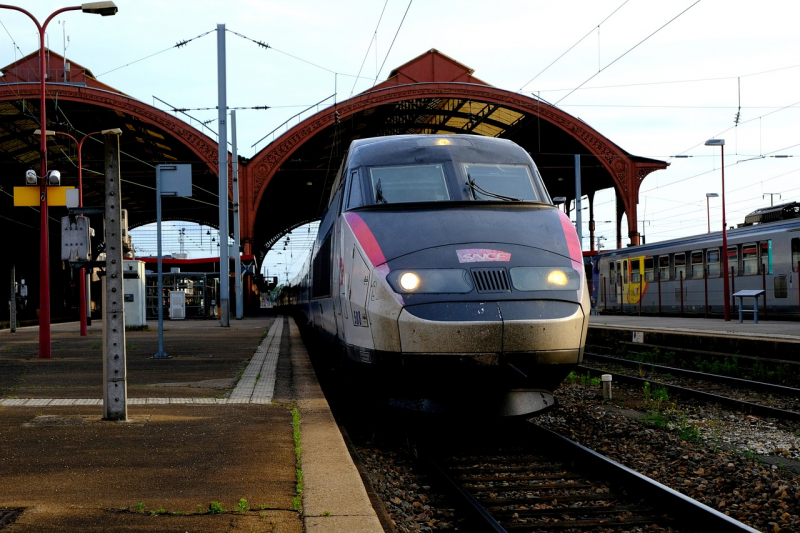
Photo by Holger Schué on Pixabay 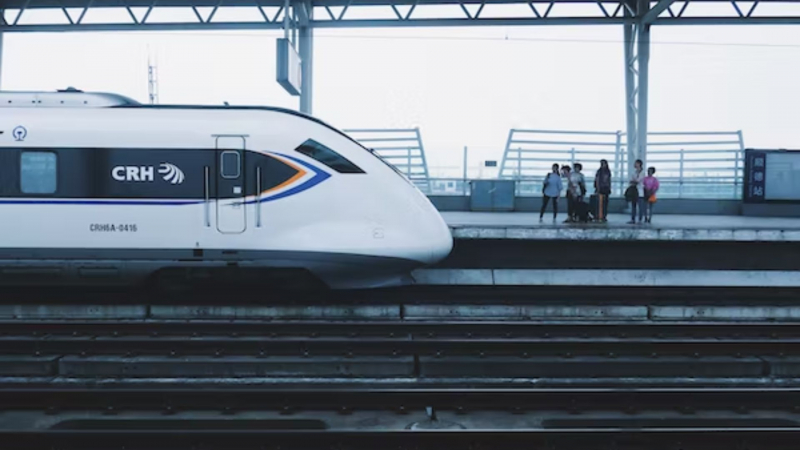
Photo by 终有 那天 on Unsplash -
The 2015 estimate of $86 has increased to a more accurate $105 in the present, which is frequently much more expensive than booking a simple one-way ticket between the two cities would be. All of these problems have been brought on by the project's countless, innumerable setbacks. The geography of California itself is one of the most important. The southern coast ranges, transversal ranges, and peninsula ranges are the three main mountain ranges that the rail will eventually pass through; these ranges notably call for building time-consuming, expensive tunnels across seismically active areas. Moreover, California has the second-highest average real estate prices of any state in the union, making it too expensive to buy and acquire land for the rail to traverse. The project has had trouble acquiring the required land ever since it began, but even today there are still more than 200 parcels that the railway needs to purchase in order to finish out the central backers field to Mercedes segment in Kings County. This isn't really good for them because construction on this route has obviously already started, and they really need that land at pretty much any price the land can sell it to them.
In 2014, the World Bank revealed that the cost of California's high-speed rail system per kilometer was estimated to be over 56 million, which is absurdly higher than in other nations like China, where it is more like 19 million, or around one third of the price. Similar high-speed rail projects have only cost between $25 and $39 million per kilometer of track in Europe, but costs are uniform throughout California. Because the land is essentially just flat rural farmland everywhere, that is just the cheapest place to actually build out the infrastructure, which is part of the reason why the plan was to build a central segment of the high speed rail first across the Central Valley in the first place. This plan has been roundly criticized for building the train nowhere between Bakersfield and Marsai.
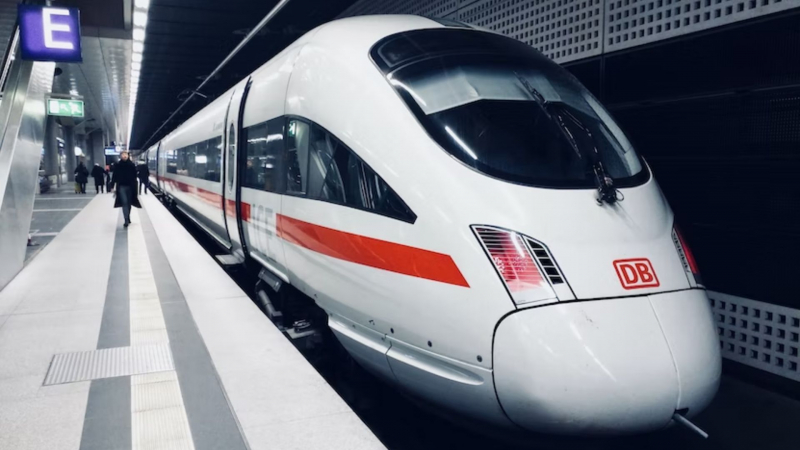
Photo by Daniel Abadia on Unsplash 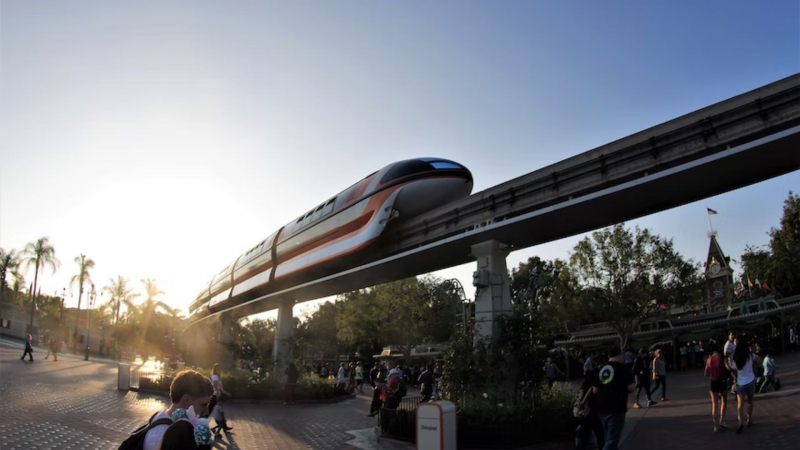
Photo by David M. Chambers on Unsplash -
Funding is another reason why California high-speed is struggling. The construction costs in this area are more in the range of 11.4 million per kilometer, which is very comparable to market rates in other countries like China. The prices only start to skyrocket enormously until the rail eventually enters the highlands and seismically active regions farther away from Los Angeles and San Francisco. And it's causing a lot of people to worry because the anticipated money that was advertised back in 2008 has also been difficult to really come by in the almost ten years since, as building expenses have increased along with their costs and ticket prices. Private investors who think that most Californians will eventually just continue choosing to fly over the rail, especially if flying turns out to be cheaper and ultimately ends up being quicker in the end, have questioned the rail's ability to compete with planes between San Francisco and LA. However, it hasn't only been difficult to find private funding.
As a result of the cancellation of about $1 billion in federal funding for the railway by the Trump administration, complaints over a lack of development, construction delays, and financial overruns have grown. The Biden administration, which is far more pleasant and well-trained, also enacted an infrastructure bill last year that gave Amtrak 66 billion to expand its Express service in the Northeast and add additional lines across the rest of the country. Nevertheless, it omitted any financing that was specifically allocated for California's high-speed rail. With a current estimated total cost of 105 billion, some forces thought that California might only receive as little as 5 billion in money for the project from the bill, which won't actually help all that much.Many in California's government have serious concerns that after the 23 billion or so core section from Bakersfield to Redding is finished, the state will struggle to find the money needed to complete the 50 billion leg from Bakersfield to Los Angeles. The estimated 22 billion needed to complete the connection from the Central Valley to San Francisco, along with extensive, expensive mountain tunnels, are needed.
If the additional funding in the tens of billions of dollars cannot be obtained, California might be left with what the project's detractors have been criticizing it for. A lone high-speed train traveling through the Central Valley from Bakersfield, with a population of 380, was supposed to carry 80,000 people. However, the project has been hampered by inefficient management and a lack of clear direction from the state governments regarding what the project's actual next steps will include because the financing needed to complete it eventually remains insufficient.Then, the Covid 19 epidemic undoubtedly did not help the project, as evidenced by the fact that the number of construction workers currently working there is less than half of what was anticipated to be the case at this stage prior to the pandemic. Ultimately, the California high speed railway might offer millions of Californians significant potential benefits if it is ever completed.
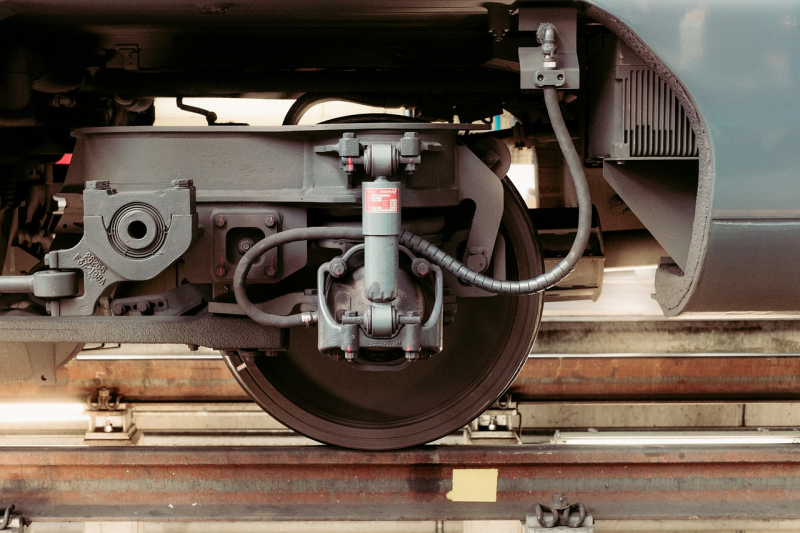
Photo by Foundry Co on Pixabay 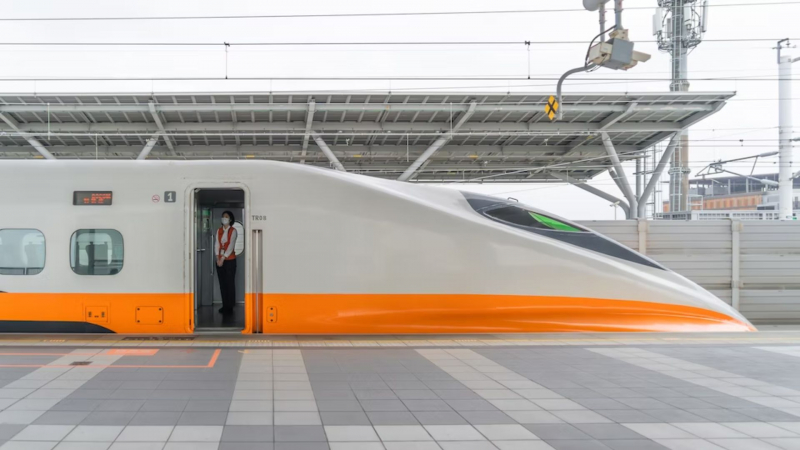
Photo by Winston Chen on Unsplash





